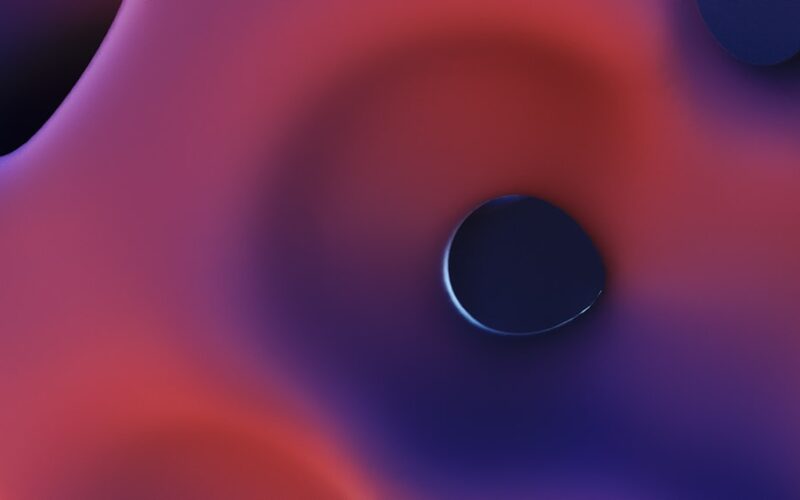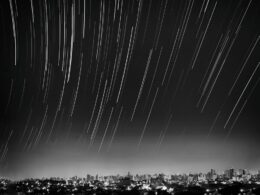It’s a cosmic dance that astronomers have chased for decades—and now, for the first time, they’ve actually seen it. An international team of researchers has captured the first-ever image of two black holes locked in orbit around each other, deep within the heart of the quasar OJ287, which lies about five billion light-years from Earth.
Historic Discovery in the Distant Cosmos
The discovery was made possible by an extraordinary network of radio telescopes, including the RadioAstron mission, whose antenna orbits halfway to the Moon. The team, led by Professor Mauri Valtonen from the University of Turku in Finland and including Indian scientists Alok C Gupta and Shubham Kishore of ARIES, Nainital, and A Gopakumar of TIFR Mumbai, confirmed the existence of the long-suspected binary black hole system in OJ287.
Quasars like OJ287 are among the brightest and most energetic objects in the universe, powered by supermassive black holes gobbling up gas and dust. These black holes are invisible themselves, but the material spiraling into them glows fiercely. OJ287 has fascinated astronomers for more than a century—its rhythmic flickering, first noted on 19th-century photographic plates, hinted that two massive objects were circling each other, producing repeating flares every 12 years.
Direct Evidence of a Binary System
Until now, no telescope had the resolution to distinguish two black holes in OJ287. The new observations finally revealed a pair: a supermassive black hole at the center, and a smaller companion orbiting it every 12 years. “For the first time, we managed to get an image of two black holes circling each other,” said Professor Valtonen.
This visual confirmation supports decades of indirect evidence and backs up earlier models described by researchers at TIFR and the University of Turku in 2018 and 2021. It also aligns with gravitational wave detections that hinted at black hole mergers elsewhere in the cosmos.
While this is a breakthrough, astronomers note that future, higher-resolution images will help clarify the picture—especially in distinguishing the jets of material fired by each black hole. For now, the image stands as a milestone: proof that binary black holes aren’t just theoretical oddities, but real players in the cosmic ballet, visible from across the universe.










